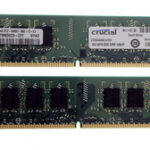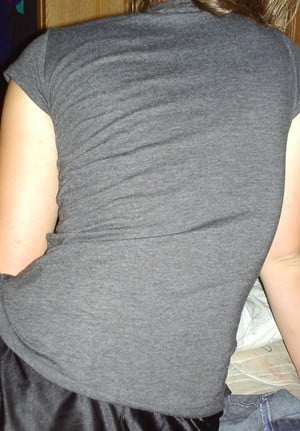Electric Shock Therapy, modernly known as Electro-convulsive Therapy (ECT), is, and always has been, the most controversial treatment for depression. It has a history that has given it a barbaric image. Yet, it has the ability to save lives that might otherwise be lost to suicide.
History
Electro-convulsive therapy (ECT) has been used for 72 years now. When ECT was first introduced in 1938, the wide-awake patient was strapped to a table and jolted with roughly 100 volts of electricity to the brain, producing racking convulsions and brief unconsciousness (Myers).” During these early high-dose, non-anesthetized shocks, patients suffered memory loss, fractured bones and other serious side effects (Mayo Clinic). Thus, ECT acquired a barbaric image that perseveres today and continues to make it a controversial treatment.
Usage
ECT is most effective for severe depression. It “has the highest success rate for severe depression of any other form of treatment (University Hospital).” Severe depression is far from summertime blues or feeling down in the dumps for a few days. Severe depression is long-term and treatment-resistant. It may involve a detachment from reality (psychosis), refusal to eat, desire to commit suicide and catatonia (Mayo Clinic).
Bipolar disorder, once labeled manic-depressive disorder, is a condition in which a person experiences mood swings from severe depression to severe mania. It is also treated by ECT and it is a condition with which I have personal experience.
Today’s ECT
Today, ECT is described as “extremely safe” and “painless” by University Hospital. …patients first receive a general anesthetic so they are not conscious, and a muscle relaxant to prevent injury from convulsions. Then a psychiatrist momentarily electrically shocks the unconscious patient’s brain. Within 30 minutes, the patient awakens and remembers nothing of the treatment or of the hours preceding it (Myers).” Even when administered carefully and controlled, the treatment is still not free from side effects.
Confusion, memory loss, nausea, vomiting, headache, jaw pain, muscle aches and spasms are possible side effects of ECT. During ECT, heart rate and blood pressure increase, and in rare cases, that can lead to serious heart problems (Mayo Clinic).
Personal Experience
I have a family member who has had a long battle with bipolar disorder. She received her first ECT at 14 years old and too many others to count for the following 20 years. Suicide attempts and bouts of catatonia were a natural part of her life. She is doing much better now on medication. However, there is one side effect of the treatments that haunts her; she cannot remember the births of her children. She holds out hope that these precious memories will return to her one day.
Effectiveness of ECT
According to University Hospital, an estimated 100,000 people receive ECT in the United States every year. “Most studies find that approximately 80% of patients recover or are much improved,” according to the University of Iowa. The University Hospital conducted research with findings that coincide with the 80% figure.
Possible Alternative to ECT
Repetitive Transcranial Magnetic Stimulation (rTMS) is being explored as a possible treatment for depression. On June 8, 2010, The University of Alabama at Birmingham (UAB) became the first medical provider in the state to offer rTMS. “And as of October 8, 2008, a rTMS device, manufactured by Neuronetics Inc. has been approved for use by the Food and Drug Administration (FDA) in the United States for use in adult patients with major depression who have previously tried medication and not improved satisfactorily (University of Alabama).
rTMS is a new treatment and its effectiveness and potential side effects must be monitored and evaluated.
Conclusion
Severe depression can seriously hinder a person’s quality of lifeand when accompanied by suicidal desires, it can end life. The decision whether or not to have electro-convulsive therapy (ECT) must be approached like any other medical decision. Arm yourself with information from many sources (Internet, medical journals, etc.). Listen to the advice of your doctor and don’t be afraid to get a second opinion. Make the decision that will ensure you are here to second-guess it tomorrow.
Sources:
Dr. Raymond Crowe, “Electroconvulsive Therapy ECT,” University of Iowa
Mayo Clinic Staff, Definition, Mayo Clinic
Mayo Clinic Staff, “Why It’s Done,” Mayo Clinic
Mayo Clinic Staff, “Risks,” Mayo Clinic
Myers, d.g. (2003). Psychology seventh edition. New York, NY: Worth Publishers.
The University Hospital, “History and Use”
The University Hospital, “Research Findings”
University of Alabama at Birmingham, “UAB Department of Psychiatry rTMS Depression Treatment Program”




